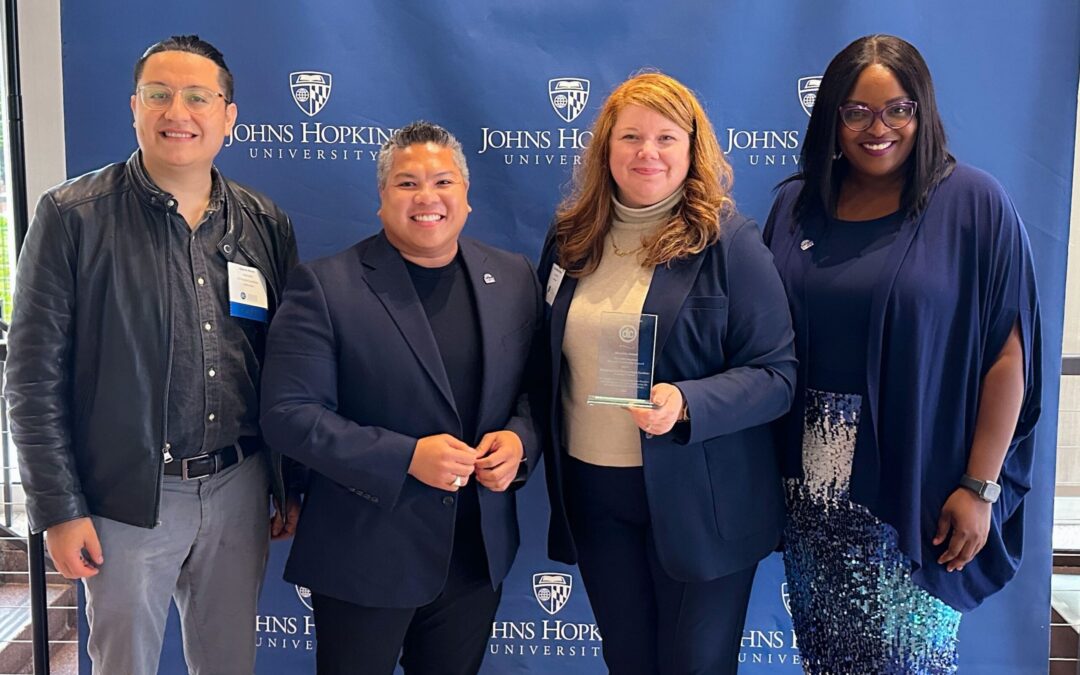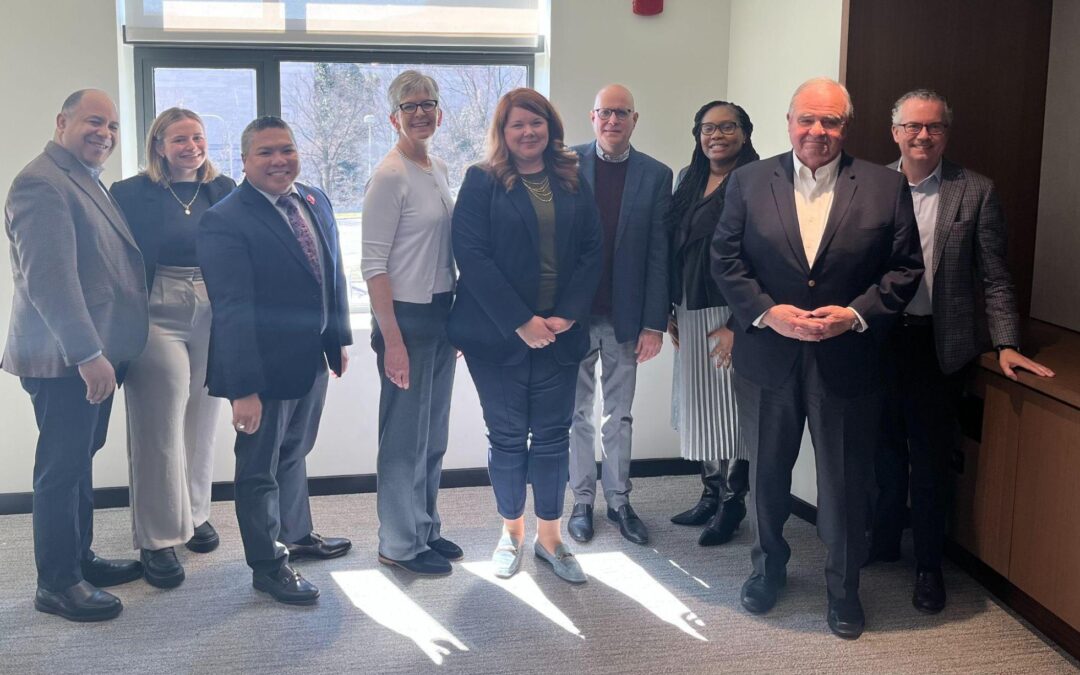
A crucial part of every successful performance management program, — really, of any program — is communicating outcomes. To engage local constituents, the ability to capture their attention and tell them a compelling story is vital. One-pager reports are one tool local governments can use to share their stories.
One-pager reports typically provide high-level information that can include a combination of data and visual aids. These reports provide a quick yet informative snapshot of the topic to an array of audience, those with subject matter expertise and those who have little to no knowledge of the topic at hand.
Like all communications tools, some one-pagers are better than others. To make sure yours captures your intended audience, it helps to go back to the basics of data storytelling.
Why use data storytelling techniques?
There are three main purposes to data storytelling:
- Data storytelling can give information context. For example, if you are sharing data about 311 service requests, you may also want to inform residents about the process the city uses to respond requests, average response time, and year-over-year changes.
- Data storytelling can drive your audience to action. Going along with the 311 example above, you might want to include information for residents about how to submit their 311 service requests for non-functioning street lights.
- Data storytelling serves to capture information for sharing and provide a frame of reference for the future. Perhaps your organization would like to look at patterns and trends to make data-informed decisions or simply compare year over year. Again, using the 311 example, your city might want to see how this summer’s 311 service request calls for street light repairs compare to the same figures from last summer.
These days, in the era of internet-driven information overload, data storytelling is even more challenging than it used to be. With thousands of other mediums competing for your audience’s attention, today’s best data storytelling techniques keep things short, snappy and consistent.
Getting – and keeping – attention
A short, yet comprehensive, one-pager report can be an effective way to share information about your organization’s programs, success stories and trends. The best one-pagers are informative yet uncluttered.
So how can you achieve this? Start with these two key steps:
- Always be consistent. Stick to a consistent color scheme, branding logo, and typography for all of your communications. This not only makes it easier for your audience to identify and associate your report with your organization but it also makes it easier when comparing current reports with previous ones.
- Merge content and visuals. Create a narrative flow that thoughtfully merges the data content and the visuals you are employing. Use visuals to help you relay a clear, overarching message and always keep in mind that they should not only match your data content narratives, but that they should enhance them. Make sure to use visualizations that are clear, well-labeled and eye-catching.
One-pager reports cannot possibly contain every detail that you might want your audience to know, and that’s OK. Be prepared to include only top-level information — what you need your audience to know now.
If done thoughtfully, your one-pager reports will do three things at once: convey critical information quickly and efficiently to your targeted audience; provide you with the ability to anticipate what questions your targeted audience might ask next; and influence decisions and drive meaningful change.



